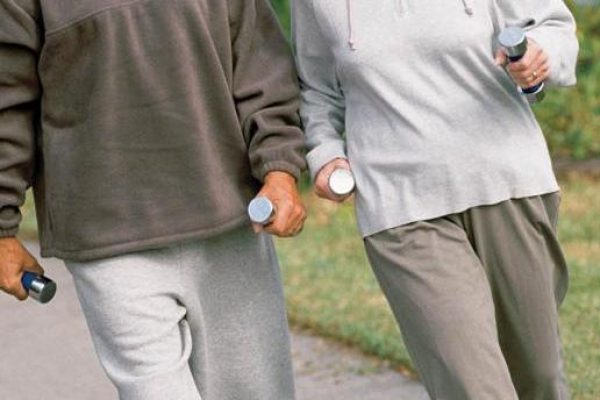Most women want to do what's best for their baby during pregnancy. However, sometimes the rules seem a little stringent. No drinking? No smoking? Not even a little? There's a good reason for these rules however.
First, if you have ever tried to cut back on smoking, you know that it's nearly impossible. It's so tough to limit yourself that you would be better off putting that energy into quitting. In addition, smoking can have very adverse effects on your little one.
Prematurity has been linked to smoking during pregnancy. A baby that is born even a few weeks early can suffer from a number of health issues. Babies need the full 40 weeks in utero to fully develop, though a baby born after 37 weeks is considered full term. Any earlier than this and your infant could suffer from immature lungs and many other problems. A preemie will also have to stay in the hospital for several weeks or even months. It's very difficult
In Belgium, a smoking ban was enforced and saw a drop in premature births. While the connection between preemies and their mothers smoking, the ban helped prove this.
Other issues faced by some pregnant women who smoke include babies being born below birthweight, babies with cleft palates or lips, placenta problems (placenta previa and placenta abruption) or even stillbirths. Women who smoke are more likely to have ectopic pregnancies, as well, where the embryo implants outside the uterus.
One of the biggest issues is that your baby is exposed to nicotine and all the other goodies in cigarettes. While the placenta is designed to act as a filter, it doesn't stop everything from getting through. Many of the chemicals in your cigarettes will pass through to your baby and be in his bloodstream.
Ideally, you'll be able to quit before getting pregnant. However, this isn't always the way things work. If you find yourself pregnant while you are still smoking, you can all but eliminate the effects on your baby by quitting as soon as possible. It isn't easy, but you'll know that you're doing the best for your child.










